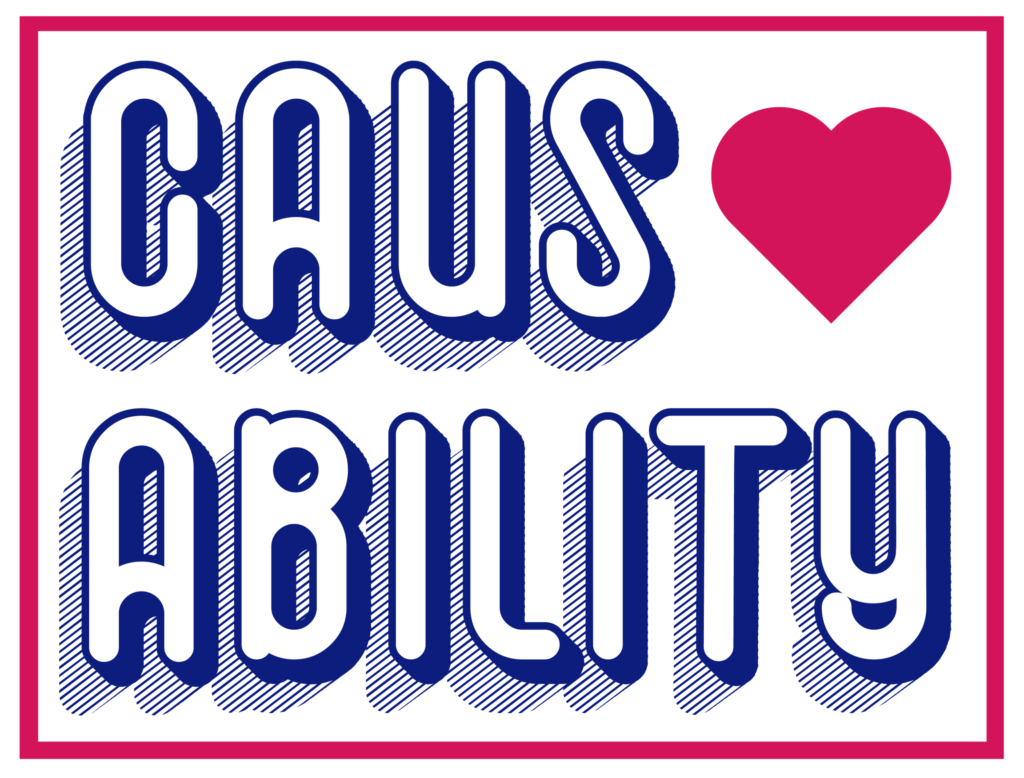The term “social enterprise” has become a way to describe one of the latest waves in business and entrepreneurship. We’re proud to report that Art For Your Cause is a proud member of the Social Enterprise Alliance.
If you’re unfamiliar with this term, it’s likely you are here to learn more about social enterprises and what their role is in society.
What Is A Social Enterprise?
Social enterprises have changed rapidly over the years, making it difficult to pin down to a single definition. Put simply, a social enterprise is a business or organization whose main goal is to solve an unmet social or environmental need.
Social enterprises exist to put the interests of people and the planet before any personal gain of the owners or shareholders. Instead of being propelled forwards by the need to turn profits, social enterprises focus on using their profits to reinvest into the social mission.
While many people have only recently become familiar with the term, the truth is that social enterprises aren’t new. While it’s fairly new in the US, various examples date back to over 100 years ago.
Goodwill Industries is one of the oldest examples of a social enterprise. From 1902 on, Goodwill employed the poor to fix clothing than could be sold to the general public or given back to the poor. They have stayed true to their original mission and continue to provide opportunities for millions who need it.
What Do Social Enterprises Accomplish?
Types of Social Enterprises:
- Opportunity Employment: In the employment model, social enterprises allow disadvantaged people to be employed at a fair wage. These groups of people often have barriers that would otherwise prevent them from acquiring mainstream employment. Divine Chocolate is an example of a social enterprise in Ghana that employs the farmers to grow cocoa while making sure they receive a fair wage for their efforts.
- Transformative Products or Services: These social enterprises aim to create a social or environmental impact through goods and services. A social enterprise making a very positive mark by use of this model is Fairphone. Fairphone is an electronics company working to create long-lasting cell phones to lessen waste in the environment.
- The Give Back/ Donate Model: This is a type of social enterprise that gives back to the community for every purchase made. Warby Parker is a great example of this model. They have partnered with VisionSpring to donate a pair of glasses each time a pair is sold. These glasses are made available to those in developing countries who may not have access to prescription glasses.
Requirements To Be Considered A Social Enterprise
It Must Benefit A Group Of People
To be considered a social enterprise, it must benefit a specific group of people. It must improve their lives by overcoming a socioeconomic problem that normally works to their disadvantage.
When the main focus is on environmental improvements, the benefits may be expanded to include larger groups of people once their efforts have reaped good results. However, the main focus is often benefiting a group of people who cannot transform their economic or social problems without outside help.
Financial Stability Should Be Proven
While profits are not the driving force behind social enterprises, they still must display financial stability. If it’s not financially stable, the enterprise will continue to rely on subsidies from various taxpayers and charitable givers. While this may be okay at first, this method of funding isn’t sustainable.
Why Social Enterprises Are On The Rise
Social enterprises are now on the rise, more than ever before. Companies are turning more attention to their relationships inside and outside of their company.
While they were viewed as separate entities before, customers, communities, business owners, and stakeholders and employees are realizing that they all impact the companies brand and growth. Therefore, companies are beginning to look past their strict focus on revenue, and are delving into cultivating these relationships.
A company’s impact on the world has become very important. Customers are looking to do business with companies who have like-minded interests. They want to support local businesses and those who make an effort to give back to their communities.
How You Can Start A Social Enterprise
Perhaps after reading about social enterprises, you’ve considered starting your own.
To do that, you need to do your research. By reading this article, you’ve already completed the first step. Having a clear idea of what a social enterprise is will help you figure out if your idea fits into this mold.
Figure Out Your Market
Next, you need to figure out who your market will be. While a social enterprise works to further the greater good, at the end of the day, it’s still a business. This means you will need customers willing to purchase your products and support you. Determine if there is a space in the market for you, and what needs you can meet.
Create a Clear Social Mission
On the road to creating your social enterprise, many people will inquire about your social mission. They’ll want to know what your mission statement is, and what is driving you to make a change. It has the potential to send you funders who are aligned with the same interests.
Determine Your Source of Funding
You’ll need to determine where your funding will come from. If you don’t have an emergency social enterprise fund just lying around, don’t lose hope. If your project is convincing enough, organizations are willing to give you money to help it get off the ground.
Legalize and Create A Business Plan
Once you’ve landed some funding, you’ll need to make it legal. You’ll need to think about where the money you earn will go and how to protect yourself in case the business fails.
This is also around the time you should be creating an airtight business plan. Even if it’s not perfect, it will help you provide some structure in the dealings of the business.
Get Your Social Enterprise Out There!
Now we’ve come to the fun part. Get out there and get some eyes on your social enterprise!
Create a website and make good use of social media. Find potential customers, and make it easy to find you!
Whatever course you decide to take in creating your social enterprise, you’ll be making a difference. After all, that’s what matters.












